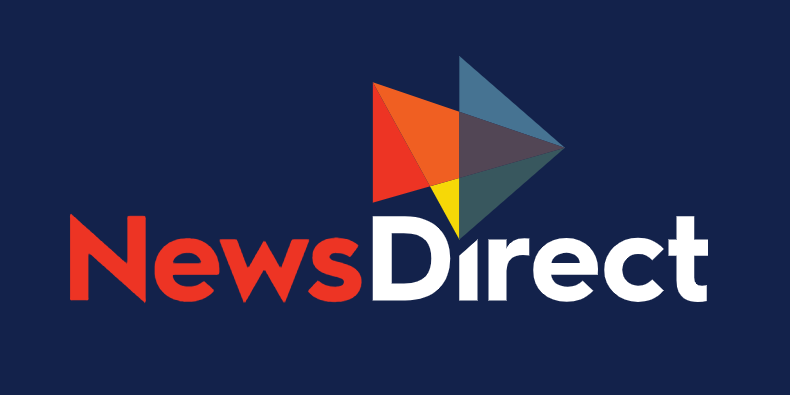When Google announced that it would be phasing out third-party cookies—small pieces of data that are used for tracking and targeting personas across the internet—in 2019, it immediately disrupted marketing departments, advertisers, publishers, and brands. Cookies have been a cornerstone for targeting (and retargeting) ads and offers since the mid-1990s, and their phase out by the end of 2021 could signal revenue losses in the billions if a suitable replacement doesn’t present itself.
 While third-party cookies have an essential function in the modern e-commerce landscape, they’re also seen as problematic for consumers. Over the years cookies have become tough to manage from a privacy standpoint, which puts user data at risk. Additionally, tracking user data across the internet can be a sticking point for many consumers. How often has it happened to you where a product page you’ve visited once has taken over the ads you’re served for days and weeks afterwards? This oftentimes aggressive, and more often than not unintelligent, form of targeting may be doing more harm than good in terms of building brand equity.
While third-party cookies have an essential function in the modern e-commerce landscape, they’re also seen as problematic for consumers. Over the years cookies have become tough to manage from a privacy standpoint, which puts user data at risk. Additionally, tracking user data across the internet can be a sticking point for many consumers. How often has it happened to you where a product page you’ve visited once has taken over the ads you’re served for days and weeks afterwards? This oftentimes aggressive, and more often than not unintelligent, form of targeting may be doing more harm than good in terms of building brand equity.
Luckily, the third-party cookie phase out is coming at a time where new forms of intelligent targeting are already showing success. In short, the death of third-party cookies may be a net win for retailers, brands, and advertisers.
Where Cookies Fall Short

As we stated, third-party cookies are potentially problematic for consumers because their tracking methodology can be invasive and put user data at risk. But beyond the consumer level, the data that cookies pull is often unreliable and equally problematic for brands and advertisers.
Part of what makes third-party cookies outdated in an ever-changing digital landscape is their reliance on demographic data as their basis for creating digital identities for tracking purposes. If 2020 was nothing else, it was a year of upheaval in the lives of many consumers. As more people moved, got divorced, lost their jobs, or underwent other life-altering events, the demographic data used to target them became increasingly irrelevant.
By the time demographic data becomes actionable with third-party cookies, a consumer may be in a completely different scenario. Targeting a location-based promotion to a consumer who has moved is a poor use of resources. Likewise, offering a minimal discount to a consumer who may have recently lost a job and needs a deeper promotional incentive to convert is wasting an opportunity to engage a customer where they are now, because it’s based on information of where they were.
The appeal of third-party cookies is they offer brands the ability to personalize advertising outreach. But when that outreach is based on faulty information, it can end up giving a consumer a negative impression of a brand. Think of it this way: You’re at a party and you’re meeting someone you’ve met once before but you’re unsure of their name. Calling them by what you think their name is and getting it wrong is embarrassing, and could wind up clouding their impression of you on all subsequent interactions.
Behavioral Marketing Can Change the Post-Cookie Landscape

As we move past third-party cookies, the solutions that are presenting themselves offer brands the ability to provide personalization in targeting and promotions, all while preserving consumer privacy.
Similarly, RevTrax’s Predictive Purchase Data™ (PPD) uses cohorts to enable brands to target consumers on behavioral tendencies, which empowers them to offer one-to-one personalization in a privacy-by-design framework. PPD is a series of predictive data services that can score traffic in real-time to predict likely behaviors around shopping and promotional sensitivity. These scores can be used to target, segment or personalize marketing on a number of criteria, informed by machine learning. These data services include price sensitivity and whether a consumer is a full-price buyer, retailer preference, or even time of day that is best to target a customer.
And, because PPD functions under strict privacy guidelines, there isn’t any risk of alienating a customer with faulty information that they may find intrusive. With PPD, brands are better able to personalize offers; in a world where 63 percent of consumers say they’ll stop buying from a brand because of poor personalization tactics, PPD is a game changer.
Overall, brands that deploy behavioral marketing stand to increase profits by 15 percent. While the death of third-party cookies is going to be a period of adjustment for brands, the solutions available, like PPD, are a bold way forward that preserves brands’ ability to provide personalization and maximize margins without infringing on customer privacy.
Interested in learning more about how Predictive Purchase Data™ (PPD) can change your business for the better in the post-cookie world? Get in touch with a RevTrax expert today!




